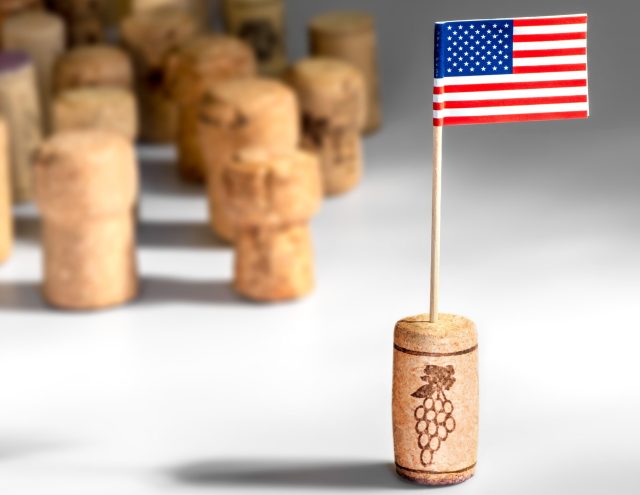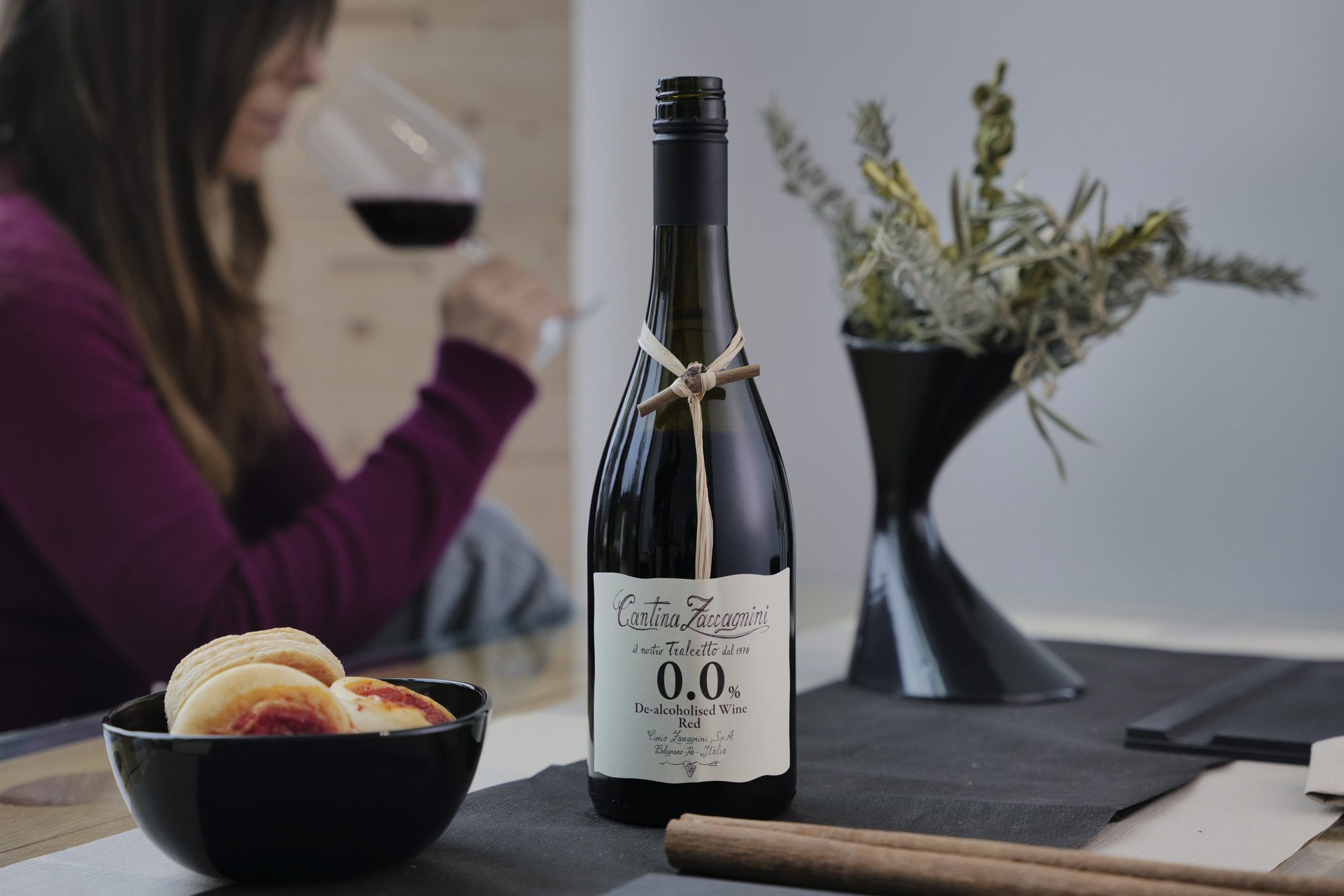Wine sales in North America stronger than expected
Demand for wine in North America may not be as fragile as it is being portrayed according to new figures. Ron Emler reports.

An inaugural survey of the industry from BMO Financial, America’s eighth largest bank, suggests that following the post-pandemic shrinking of demand, it is stabilising and the future is looking up.
During the pandemic, it says, wineries enjoyed unprecedented demand with case sales jumping from 410 million per year to 445 million in 2022. But as the market began to normalise in the face of inflation and growing consumer cation, retailers found themselves with excess stocks and overall sales fell to 377 million cases last year.
However, based on data supplied by WineBusiness Analytics and bw166 after undertaking the widest survey of the sector to date (including more than 600 wineries), the report finds that demand is stabilising and could even enter a growth period as this year evolves.
Dynamic
The US wine industry, it says, is the largest and most dynamic in the world, worth more than $107 billion generated by more than 11,000 wineries across 50 states.
Within that, 71% of US producers are forecasting increased sales this year based on continued product innovation, increased on-premise and direct-to-consumer sales and
further premiumization of wine.
While 22% expect revenue to be flat, just 6% expect their sales to fall further this year.
Optimistically, more than a quarter of the largest producers are predicting growth of more than 10%.
What is more. despite the increasing reports of changing drinking habits among younger age groups, Millennial, Gen Z and Gen X now comprise 61% of all wine drinkers, it says.
Partner Content
However, on the negative side, 52% of 18- to 34-year-olds say they think moderate drinking is detrimental to health compared with 39% of all U.S. consumers.
Optimistic
While headwinds still persist, wineries, BMO says, “are feeling cautiously optimistic about sales growth over the next five years after a challenging destocking phase”.
Though overall volumes have declines, the sale of premium wines has remained steady. Retail sales for wines priced at US$10 and above are likely to grow in the rest of this year and into 2025.
Some 40% of smaller boutique wineries producing between 1,000 and 5,000 cases are expecting growth of more than 10% this year while 34% of wineries targeting the higher end of the price spectrum at more than $50 a bottle have similar expectations.
In 2023, sales of all wines in food stores priced more than US$10 rose to US$4.8 billion – a third more than in 2019, the final full year before the pandemic broke.
Interestingly, the industry is also refining its routes to market.
Nearly a quarter of all wineries (24%) are planning to increase sales though wine club and expand wine club memberships while 15% are targeting increasing direct-to-consumer sales as a portion of their total revenue.
In the commodity wine sector those producers whose wines are priced at less than $10 per bottle see their revenue growth coming from increased wholesale sales or distribution.
Related news
Behind the label: Alto Adige and the question of language




